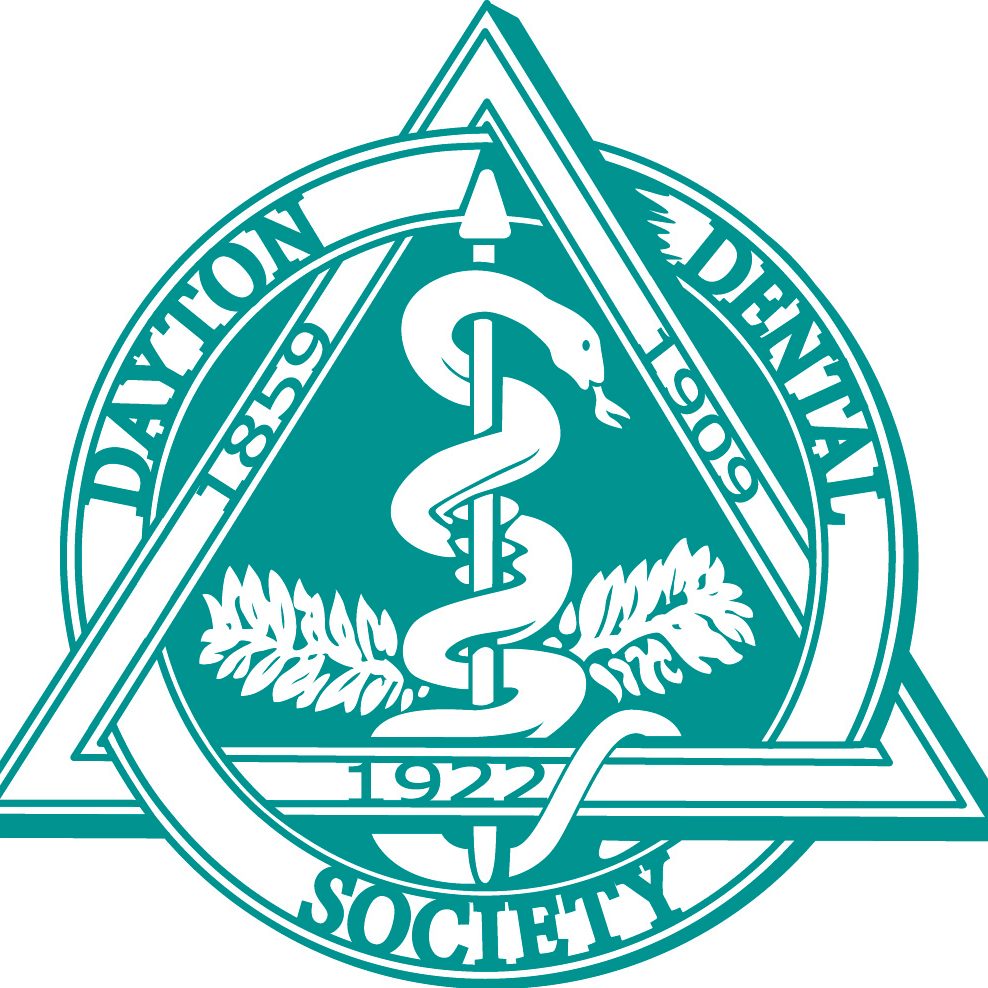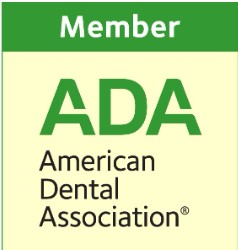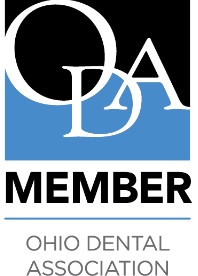Periodontal Disease Treatment Dayton, OH
 Although our team strives to prevent patients from oral health problems, issues like periodontal disease can still occur. However, with regular dental examinations at Steve A. Sato, DDS, we can detect the earliest signs of periodontal disease and provide you with treatments and at-home oral hygiene recommendations to keep the disease from worsening while preventing more serious complications.
Although our team strives to prevent patients from oral health problems, issues like periodontal disease can still occur. However, with regular dental examinations at Steve A. Sato, DDS, we can detect the earliest signs of periodontal disease and provide you with treatments and at-home oral hygiene recommendations to keep the disease from worsening while preventing more serious complications.
What Is Periodontal Disease?
Periodontal disease, also called gum disease, is a bacterial infection of the gums. Periodontal disease occurs when plaque and tartar accumulate along the gum line, creating pockets between the teeth and the gums where harmful bacteria thrive.
Left untreated, periodontal disease can lead to more serious health problems such as tooth loss and jawbone degeneration. Additionally, bacteria from a gum infection can enter the bloodstream, leading to general inflammation and causing or worsening systemic health problems like diabetes, cardiovascular disease, and more.
Signs and Symptoms of Periodontal Disease
There are two stages of periodontal disease: gingivitis (less severe) and periodontitis (more severe). The signs and symptoms become more severe depending on which stage you are in.
If you have periodontal disease, you might experience the following symptoms:
- Persistent bad breath
- Red, swollen, painful, or bleeding gums
- Gums that bleed when you brush or floss your teeth
- Pus between the teeth or below the gum line
- Sensitive teeth
- Receding gums
- Loose teeth
- Tooth loss
- Change in your bite
If you experience any of these signs or symptoms, we encourage you to schedule a dental examination right away.
How Common Is Periodontal Disease?
Periodontal disease is more common than you might think. According to the Centers for Disease Control and Prevention, nearly half of adults over 30 and over 70% of individuals age 65 and over have periodontal disease.
Periodontal Disease Treatment
Although prevention is always the best treatment for periodontal disease, this bacterial infection can be managed with proper dental care.
Treatment for periodontal disease varies depending on the severity of the case. For milder cases of gingivitis, periodontal disease is usually treated with more frequent scaling and polishing of the teeth (like you receive during a regular dental hygiene appointment), antibiotics, and an antibacterial mouth rinse.
More severe cases of periodontitis are usually treated with regular dental cleanings in addition to scaling and root planing. These treatments are designed to remove plaque, tartar buildup and infected tissues from below the gum line.
Once developed, periodontal disease is difficult to cure completely. As a result, most patients with periodontal disease require more frequent dental cleanings to manage the infection and halt bacterial growth in the mouth.
Learn More About Your Periodontal Disease Diagnosis
If you’ve been diagnosed with periodontal disease, now is the time to take control of your oral health. We encourage you to schedule a periodontal disease appointment with our dentist, Dr. Sato, to discuss the severity of your case and learn more about the treatment options available to you.




